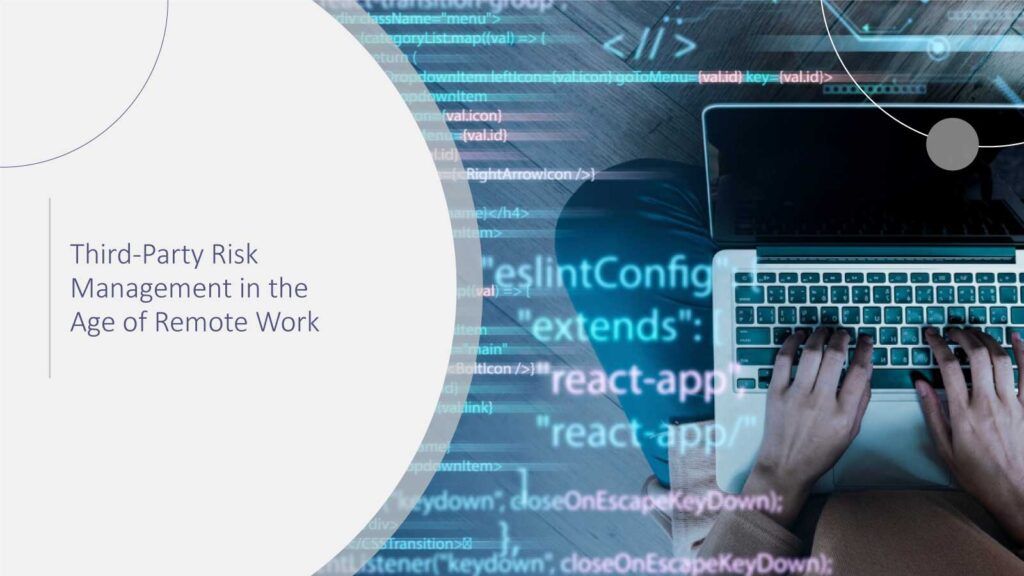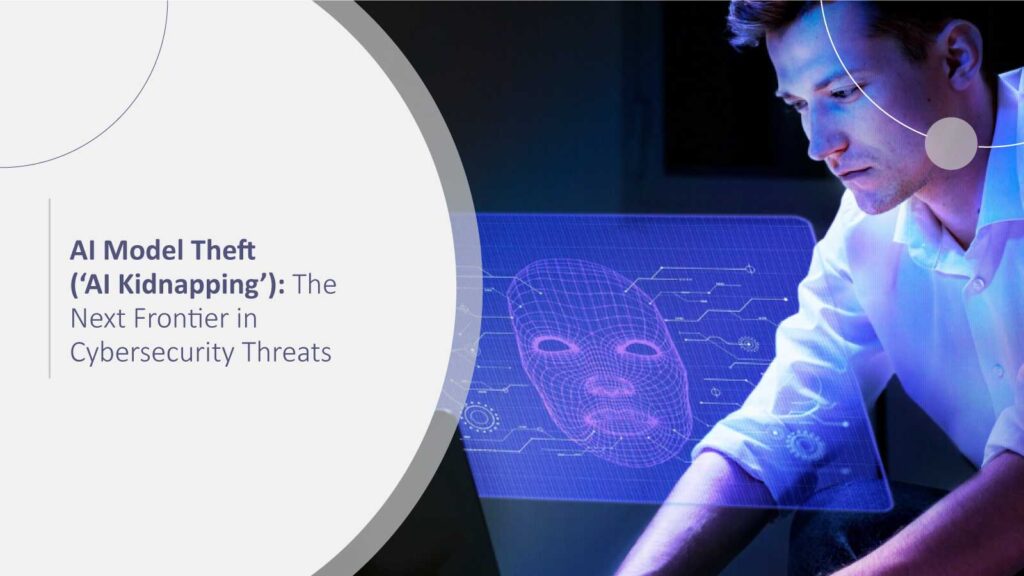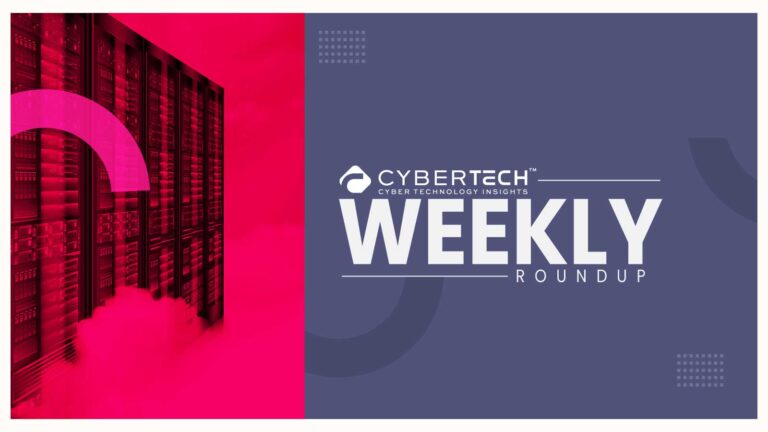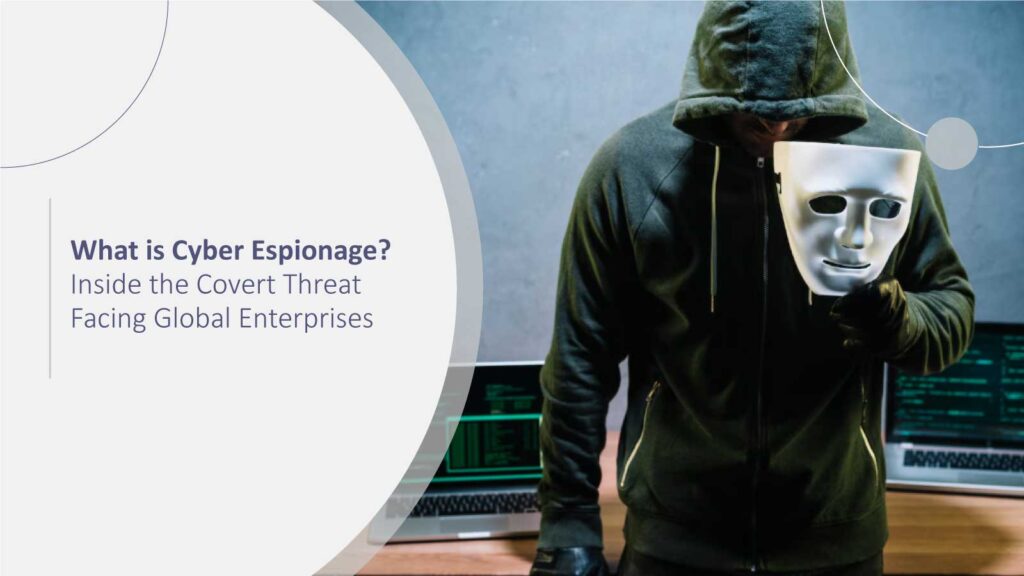The speed at which organizations have pivoted to remote and hybrid work has addressed issues of enterprise attack surfaces and expanded them in ways most security leaders anticipated. Most organizations have focused on making the most of endpoint security and investing heavily in zero-trust architectures. Unfortunately, one still very relevant blind spot exists that is undermining enterprise resilience. That blight is third-party risk Management. Vendors, suppliers, cloud providers, and even managed service partners are all integral to business operations.
As it relates to work and the age of distributed work, they remain highly infiltrable vectors for cyber criminals. Effective third-party risk management (TPRM) is no longer a best practice. It is now a requirement on the front lines of enterprise security.
Why Remote Work Amplifies Third-Party Risk Management
Before 2020, vendor risk assessments were a growing challenge. The move to remote work has only compounded the growth in cloud consumption, SaaS use, and reliance on external partners. With employees working from home networks and organizations using third-party platforms for collaboration; file sharing, and customer engagement at levels never seen before, significant risk is inherent across so many layers:
Growing attack surface: the permanence of remote access and unmanaged devices, which leads to an increase in credential theft, privilege escalation, and access via vendor portals.
Reduced visibility: Traditional compliance audits or checks are harder to execute when many employees are working in a distributed manner.
Interconnected supply chains: an attack on one vendor’s security environment can cascade the impact across hundreds of different partner ecosystems, like SolarWinds and Kaseya.
For CISOs, the shift from physical to remote-first economy has reshaped the risk model they operate under, and vendor risk management has evolved from a compliance checkbox to a security discipline.
The Rising Cost of Vendor Breaches
Examination of the industry confirms breaches involving vendors pose potentially the highest financial and reputational risk. IBM’s Cost of a Data Breach Report 2024 highlights that organizations incur an average cost of $4.76 million when a breach involves a third-party, relative to when a breach occurs without third-party involvement.
The financial impacts are just one component organizations will face:
- Organizations will face Regulatory fines for possible infractions under GDPR, HIPAA, and various state data privacy laws.
- Disruption to operations if a critical partner has their systems compromised, or if a partner goes offline.
- Loss of trust from customers and the rest of the supply chain if an organization does not execute due diligence.
- For enterprise leaders, understanding these challenges provides clarity as to why third-party risk management must be the foundation of remote work security.
Key Pillars of Third-Party Risk Management in Remote Work Environments
1. Continuous Vendor Review
Annual or periodic vendor assessments are not enough. Businesses need to evaluate third-party security posture continuously today. Solutions that offer threat intelligence, dark web exposure, and real-time vulnerability scanning give businesses a more realistic view of vendor risk in remote-first work environments.
2. Zero-Trust Principles in Vendor Access
Engaging in zero-trust security for vendor access is imperative. With vendor access, businesses need to shy away from blanket permissions and use least-privilege models, multifactor authentication, and strict vendor segmentation. Access to resources should be appropriately scoped so that remote contractors or suppliers only access the information or resources absolutely necessary to conduct their role; nothing more.
3. Cloud Supply Chain Security
The remote work movement is improving cloud portability and trust in SaaS vendors and cloud vendors, or worse, putting unassessed critical data into the clouds. Not only should enterprises assess their service organizations for pertinent compliance certifications (SOC 2, ISO 27001, FedRAMP), but they need to understand the shared or co-responsibility models employed by the vendors as well. These shared responsibility models often leave gaps in scope and accountability. By including security responsibilities in Auditor Approved Service Level Agreements (SLAs) upfront, vendor compliance assessments become easier.
4. Stronger Contractual and Compliance Controls
Remote Work ecosystems amplify the need for risk-based contracts. More than ever, organizations should include breach notifications, right-to-audit provisions, and information security standards in such contracts, specifying explicit expectations on how vendors should treat their data. Any vendor compliance is also typically evaluated based on the customer’s frameworks, such as the NIST Cybersecurity Framework or ISO 27036:2014 Guidance to manage third-party and supply chain risk.
5. Training for Employees and Vendors
Human error is still the biggest source of security breaches. It is critical to train internal employees and third-party partners on phishing, credential hygiene, and best practices for remote work. Many vendor compromises result from inadequate authentication or irresponsible management of sensitive information.
Case Study: Lessons from the SolarWinds Breach
The 2020 SolarWinds supply chain intrusion is one of the most historic instances of a third-party compromise. The attackers deployed malicious code that was packed into software updates for products that are commonly used, allowing for infection across US government agencies and Fortune 500 companies. The SolarWinds breach demonstrated a couple of important lessons:
Vendor Trust can’t be assumed. Even reputable vendors can be used to infiltrate their clients. Detection must be proactive. Traditional protection mechanisms may never catch a supply chain-host intrusion without active monitoring or anomaly analysis. Faced with the remote work conditions that have integrated services at a greater scale, the SolarWinds breach is a reminder for enterprises to re-evaluate their third-party risk processes.
Conclusion
Remote work has dramatically altered the cybersecurity landscape and left third-party ecosystems as important vulnerabilities. Traditional risk assessments are no longer adequate in this distributed environment, and organizations will need to incorporate continuous monitoring, zero-trust vendor access, and AI-led insight to develop resiliency.
The need for third-party risk management is no longer a back-office compliance function; it is now front-and-centre for enterprise security in a remote work environment. For any CISO or security leader, the priority has never been clearer – secure the vendor ecosystem of vendors, protect the enterprise, and restore trust in a volatile world of remote connections.
FAQs
1. Why is it more important to manage third-party risk in a work-from-home environment?
As work-from-home increases business dependence on vendors, cloud providers, and collaboration tooling, organizations are lengthening their attack surfaces, and cybercriminals are using vendor ecosystems as their primary target (especially in supply chains).
2. What are the top risks associated with poor third-party risk management?
Organizations can be subjected to regulatory fines, financial loss, operational downtime, and reputational damage for weak (or compromised) vendor security.
3. How can enterprises continually monitor third-party risks?
By using AI-based risk scoring measures, threat intelligence feed, and automated monitoring tools to assess vendor-level vulnerabilities in real-time.
4. How does zero trust tie into third-party security?
Zero trust only allows vendors least-privilege access, but to provide an additional layer of protection, organizations can provide authentication and additional segmentation to limit vendor access and thus limit exposure if there is a breach.
5. How should enterprises prepare for regulatory requirements to monitor vendors’ risk?
Organizations should incorporate frameworks (NIST, ISO, etc.), develop contracts with bumpers for security obligations (with third parties), and document vendor risk assessments for purposes of reporting towards compliance.
To participate in upcoming interviews, please reach out to our CyberTech Media Room at sudipto@intentamplify.com.







